Goals
This is an ambitious project with many challenges. It is (unfortunately) just a hobby with the resource constraints that this imposes, but assuming I don't go bankrupt, go to jail or die; I'm am putting every reasonable effort into progressing this project. It is both a creative outlet and a tool for personal growth.
Here's a list of what I hope to achieve (both short- and long-term).
- Large enough to operate outdoors and in limited human environments. Think R2-D2 size rather than table-top or carpet rover. Costs will be higher though.
- (A little) Sci-fi styling here and there. 70's and 80's childhood of Star Wars and Alien(s) having a big influence.
- Four stowable wheeled-legs allowing staged development with modes of travel:
- Compact 4-wheel slow manoeuvres.
- Expanded (stable) 4-wheel manoeuvres.
- Quadrupedal walk.
- Compact 2-wheel balance.
- Expanded 2-wheel balance.
- Upright 2-wheel balance (think Boston Dynamics' Handle).
- Bipedal walk?
- VR style head tracking and FPV for tele-presence.
- Two main arms for remote manipulation. Possibly a smaller arm (or two) for more delicate tasks.
- Learn Linux & ROS. On-board Raspberry Pi(s), Arduino ROSnodes and monitoring/control via laptop and/or custom remote.
- Investigate higher level behaviour algorithms, machine vision, mapping, speech recognition, speech synthesis and AI.
- Investigate possible practical applications. I'm thinking disaster relief with appropriate sensors and equipment. Skill transmission via tele-presence. Provision of power? Water filtration? Load carrying? Security monitoring and warning?
 Paul Crouch
Paul Crouch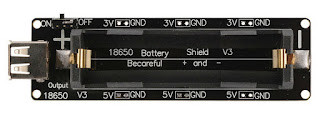


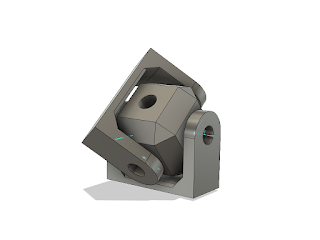
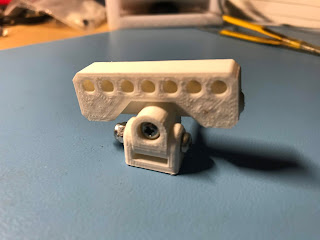
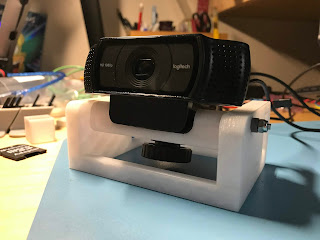
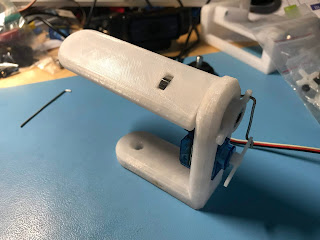

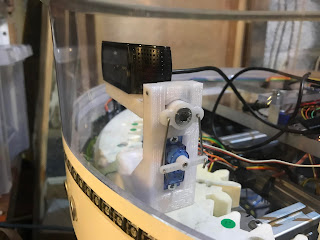
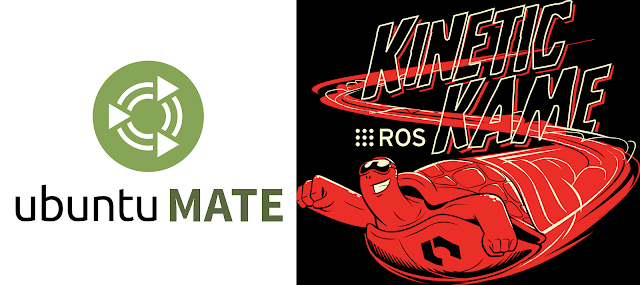
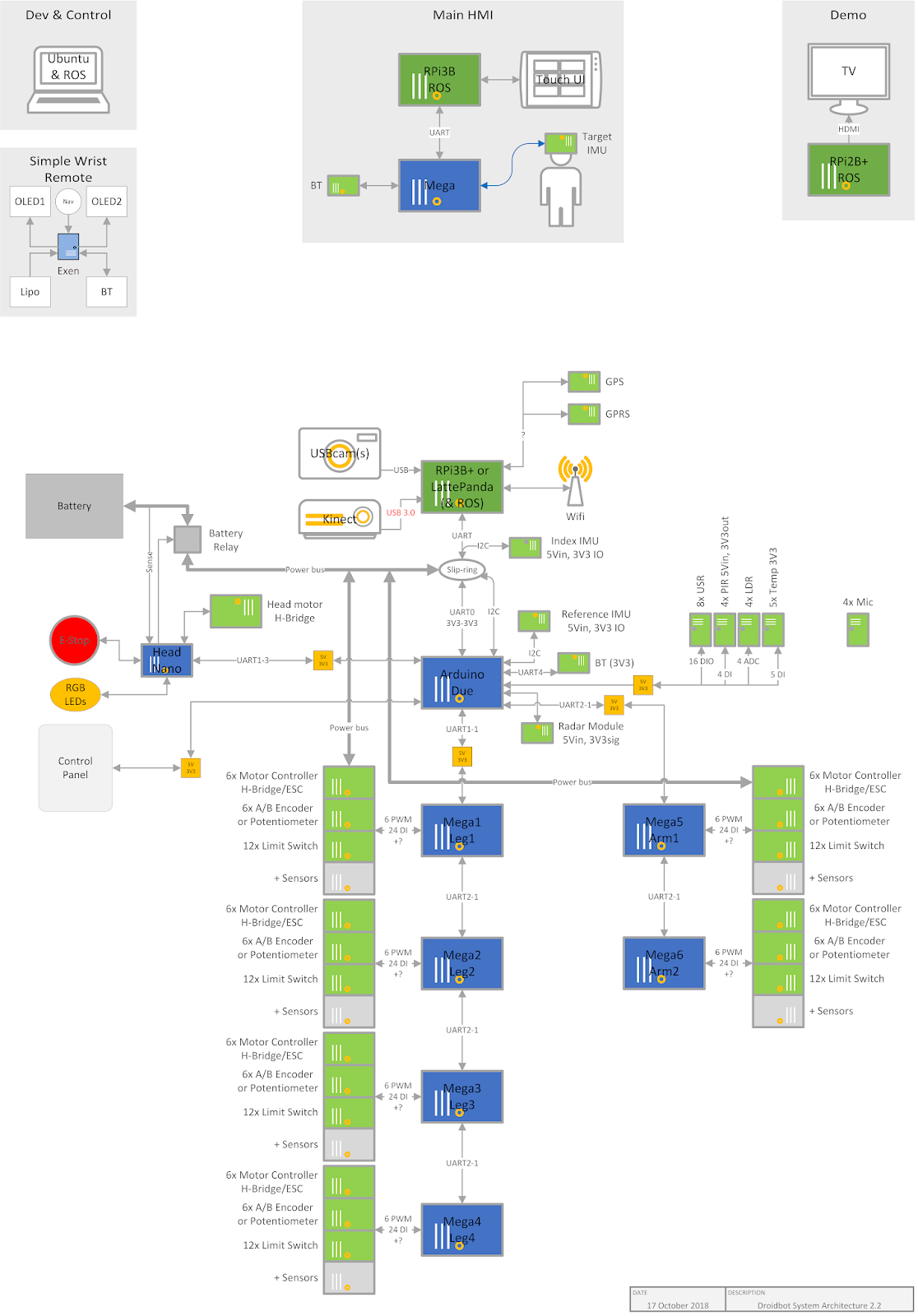
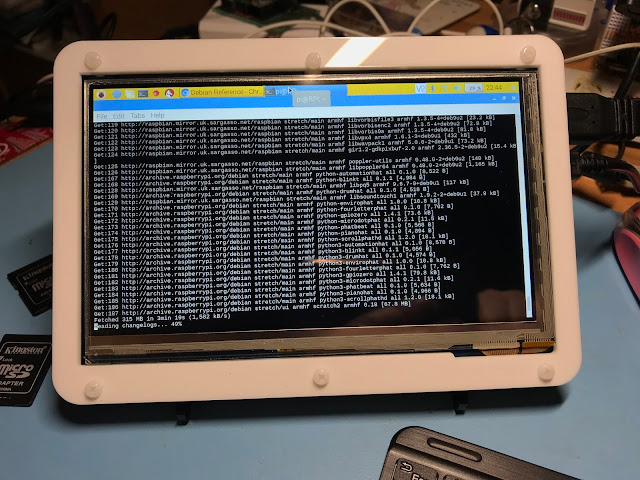
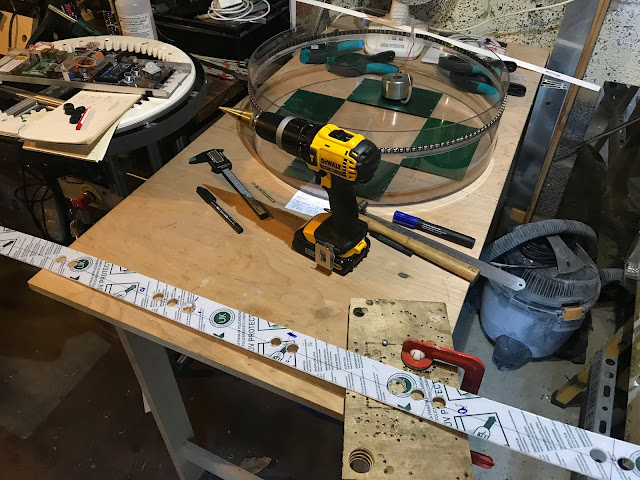



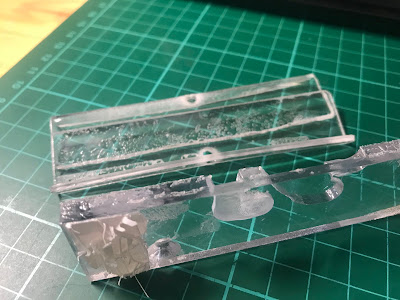





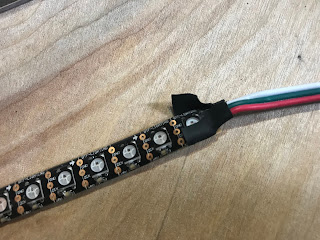

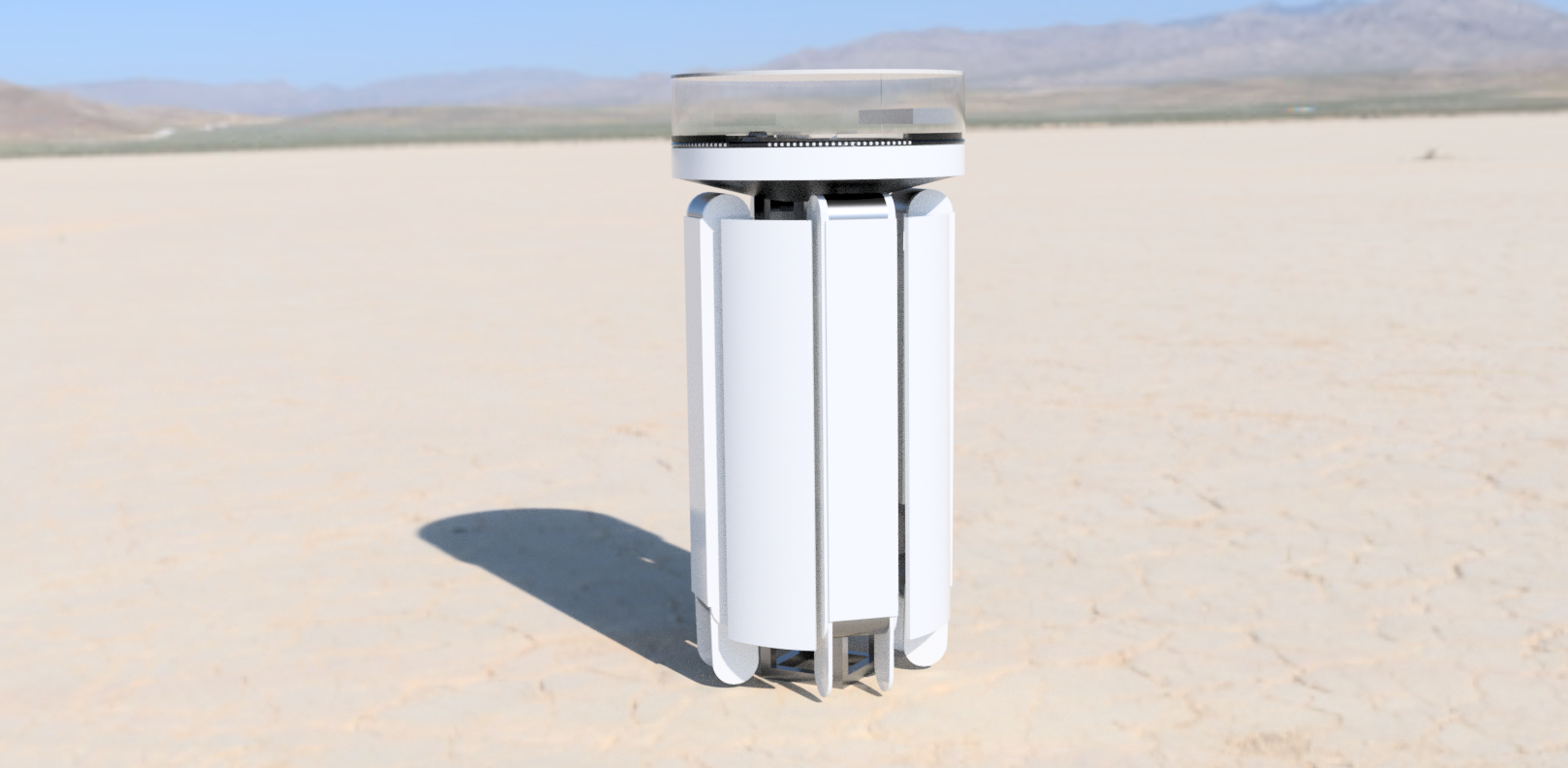

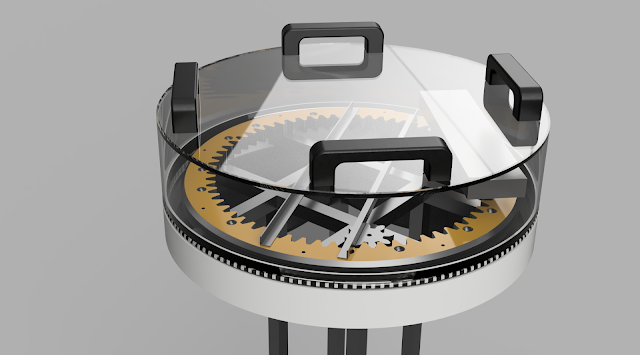






 Morning.Star
Morning.Star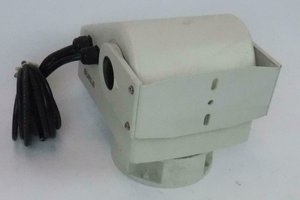
 Jrsphoto
Jrsphoto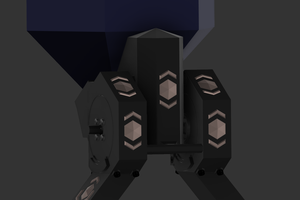
 Joseph Marlin
Joseph Marlin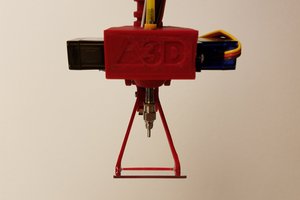
 Daren Schwenke
Daren Schwenke
this project is awesome!